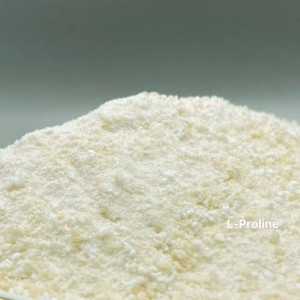Proline’s Role in Drought Resistance
 |
Osmoprotection: Proline acts as a compatible solute, maintaining cellular osmotic balance by stabilizing proteins, membranes, and organelles during water deficit. |
ROS Scavenging: Drought induces reactive oxygen species (ROS) that damage cells. Proline directly neutralizes ROS (e.g., hydroxyl radicals) and enhances antioxidant enzyme activity (e.g., catalase, superoxide dismutase).
Stress Signaling: Proline modulates stress-responsive genes (e.g., DREB2A, AREB) via the abscisic acid (ABA) pathway, priming plants for long-term drought adaptation.
Overexpression of P5CS1 (a proline biosynthesis gene) in maize increases proline levels by 3-fold, boosting water retention and photosynthesis under drought.
Proline’s Defense Against Salinity Stress
Ion Homeostasis: Proline reduces sodium (Na⁺) toxicity by competing with Na⁺ for cellular uptake and enhancing potassium (K⁺) retention.
Cellular Detoxification: By scavenging ROS and protecting mitochondrial electron transport chains, proline prevents oxidative damage in salt-stressed roots.
Membrane Stability: Proline preserves membrane integrity by binding to phospholipids, reducing electrolyte leakage in saline conditions.
Salt-tolerant rice cultivars accumulate 2–5 times more proline in roots than sensitive varieties.
 |
Foliar application of proline (10 mM) in tomato plants reduces Na⁺ uptake by 35% and increases yield by 22% under salinity. |
For more information, please feel free to contact us:Info@g-teck.net.
Post time: May-12-2025




